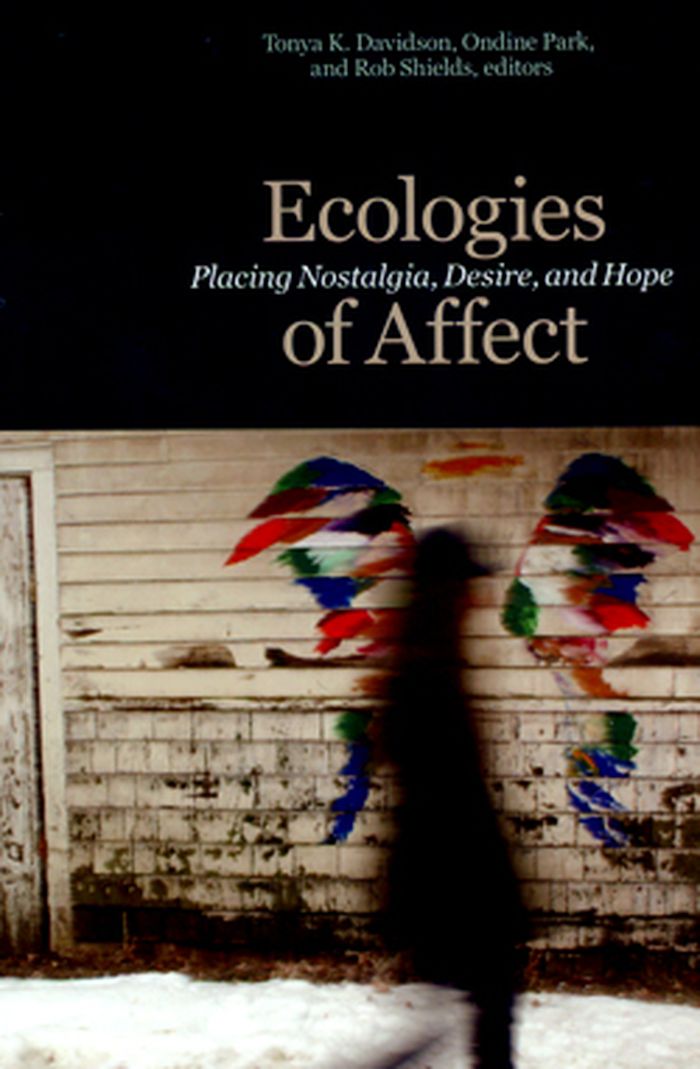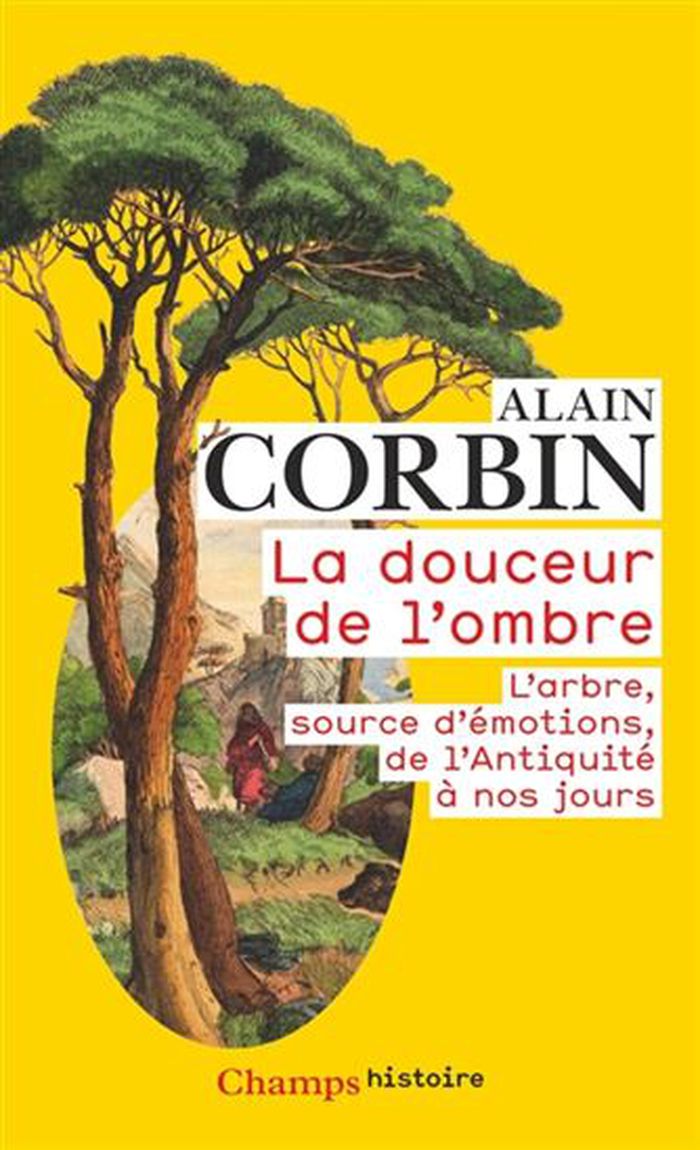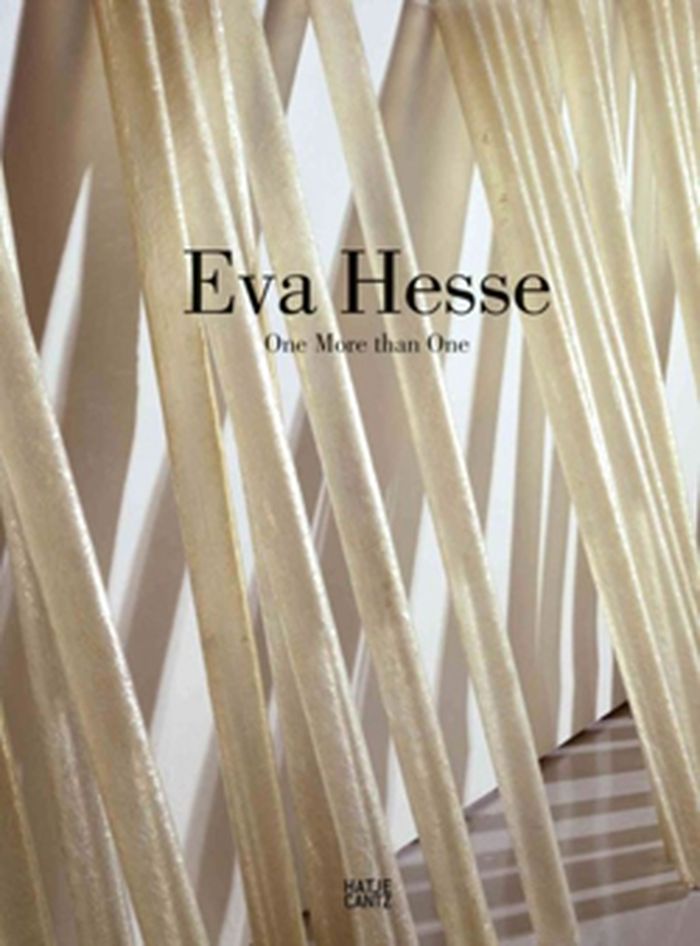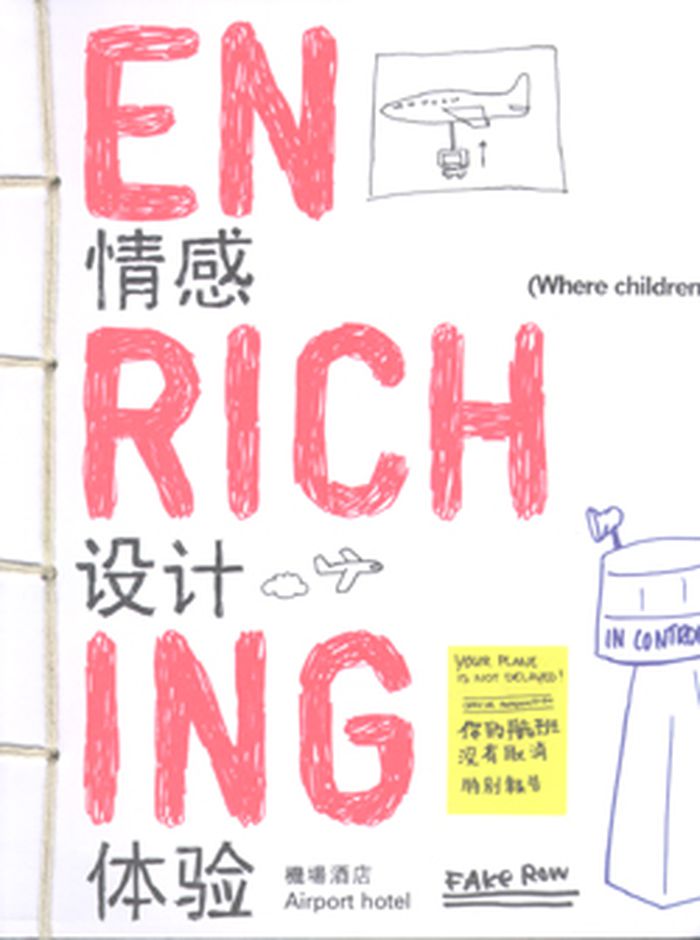livres
We
$23.00
(disponible sur commande)
Résumé:
Written in 1921, "We" is set in the One State, where all live for the collective good and individual freedom does not exist. The novel takes the form of the diary of mathematician D-503, who, to his shock, experiences the most disruptive emotion imaginable: love. At once satirical and sobering—and now available in a powerful new translation—"We" is both a rediscovered(...)
We
Actions:
Prix:
$23.00
(disponible sur commande)
Résumé:
Written in 1921, "We" is set in the One State, where all live for the collective good and individual freedom does not exist. The novel takes the form of the diary of mathematician D-503, who, to his shock, experiences the most disruptive emotion imaginable: love. At once satirical and sobering—and now available in a powerful new translation—"We" is both a rediscovered classic and a work of tremendous relevance to our own times.
livres
juillet 2006
Expositions en cours
$42.95
(disponible sur commande)
Résumé:
This publication offers a synthetic introduction to the felt dynamics of cities and the character of places. We understand nostalgia, desire, and hope as virtual; that is, even though they are not material, they are nevertheless real and must be accounted for. The authors take up affect, emotion, and emplacement and consider them in relation to one another and how they(...)
décembre 2010
Ecologies of affect: placing nostalgia, desire, and hope
Actions:
Prix:
$42.95
(disponible sur commande)
Résumé:
This publication offers a synthetic introduction to the felt dynamics of cities and the character of places. We understand nostalgia, desire, and hope as virtual; that is, even though they are not material, they are nevertheless real and must be accounted for. The authors take up affect, emotion, and emplacement and consider them in relation to one another and how they work to produce and are produced by certain temporal and spatial dimensions.
$59.95
(disponible sur commande)
Résumé:
The term Brutalism is used to describe a form of architecture that appeared, mainly in Europe, from around 1945–1975. Uncompromisingly modern, this trend in architecture was both striking and arresting and, perhaps like no other style before or since, aroused extremes of emotion and debate. Some regarded Brutalist buildings as monstrous soulless structures of concrete,(...)
Brutalism : post-war British architecture
Actions:
Prix:
$59.95
(disponible sur commande)
Résumé:
The term Brutalism is used to describe a form of architecture that appeared, mainly in Europe, from around 1945–1975. Uncompromisingly modern, this trend in architecture was both striking and arresting and, perhaps like no other style before or since, aroused extremes of emotion and debate. Some regarded Brutalist buildings as monstrous soulless structures of concrete, steel, and glass, whereas others saw the genre as a logical progression, having its own grace and balance.
Brutalisme
livres
Description:
149 pages : illustrations ; 23 x 29 cm.
Toronto : Coles Pub. Co., ©1978.
Yesterday's Toronto, 1870-1910 / edited by Linda Shapiro.
Actions:
Exemplaires:
Description:
149 pages : illustrations ; 23 x 29 cm.
livres
Toronto : Coles Pub. Co., ©1978.
$19.95
(disponible sur commande)
Résumé:
Une approche anthropologique, historique et artistique des rapports entre l'homme et l'arbre. L'auteur étudie les métamorphoses des représentations, de l'imaginaire et des usages associés à ce végétal depuis l'Antiquité (Pline l'Ancien, Virgile, Columelle) jusqu'aux époques moderne et contemporaine (de Duhamel du Monceau à J. Beuys, en passant par Hugo, Proust ou Y. Bonnefoy).
La douceur de l'ombre : l'arbre, source d'émotions, de l'Antiquité à nos jours
Actions:
Prix:
$19.95
(disponible sur commande)
Résumé:
Une approche anthropologique, historique et artistique des rapports entre l'homme et l'arbre. L'auteur étudie les métamorphoses des représentations, de l'imaginaire et des usages associés à ce végétal depuis l'Antiquité (Pline l'Ancien, Virgile, Columelle) jusqu'aux époques moderne et contemporaine (de Duhamel du Monceau à J. Beuys, en passant par Hugo, Proust ou Y. Bonnefoy).
Théorie/ philosophie
Eva Hesse: one more than one
$50.00
(disponible sur commande)
Résumé:
Eva Hesse (1936–1970) was one of the foremost women artists of the twentieth century. Her artistic practice combined the seriality and reduction of 1960s Minimalism with emotion, sensuousness and physicality, while the transparency and transience of her unconventional materials also contributed greatly to her unique position in the art world of her day. From November 2013(...)
mars 2014
Eva Hesse: one more than one
Actions:
Prix:
$50.00
(disponible sur commande)
Résumé:
Eva Hesse (1936–1970) was one of the foremost women artists of the twentieth century. Her artistic practice combined the seriality and reduction of 1960s Minimalism with emotion, sensuousness and physicality, while the transparency and transience of her unconventional materials also contributed greatly to her unique position in the art world of her day. From November 2013 onward, the Hamburger Kunsthalle is presenting the first solo exhibition of Hesse’s work in her native city. This publication is the catalogue of the exhibition.
livres
Description:
xx, 252 pages : illustrations (some color) ; 29 cm
Austin : University of Texas Press, 1991.
Harwell Hamilton Harris / by Lisa Germany ; foreword by Kenneth Frampton ; introduction by Bruno Zevi.
Actions:
Exemplaires:
Description:
xx, 252 pages : illustrations (some color) ; 29 cm
livres
Austin : University of Texas Press, 1991.
livres
Description:
vii, 496 pages : illustrations ; 25 cm.
Philadelphia : University of Pennsylvania Press, ©2001.
Theory of garden art / C.C.L. Hirshfeld ; edited and translated by Linda B. Parshall.
Actions:
Exemplaires:
Description:
vii, 496 pages : illustrations ; 25 cm.
livres
Philadelphia : University of Pennsylvania Press, ©2001.
$30.00
(disponible sur commande)
Résumé:
This issue is dedicated to the politics of memory and forms of ritualized mourning in art and culture. Rather than focusing on an analysis of an ostensibly universal emotion or general state of affairs, the contributions look into the concrete and diverse practices of engagement with loss and grief as a continual challenge to society. Issue #126 addresses questions of(...)
Texte Zur Kunst 126: mourning
Actions:
Prix:
$30.00
(disponible sur commande)
Résumé:
This issue is dedicated to the politics of memory and forms of ritualized mourning in art and culture. Rather than focusing on an analysis of an ostensibly universal emotion or general state of affairs, the contributions look into the concrete and diverse practices of engagement with loss and grief as a continual challenge to society. Issue #126 addresses questions of loss and mourning in the context of racist and right-wing violence. At the same time, it draws attention to the transformative powers of grief.
Revues
Enriching
$42.00
(disponible sur commande)
Résumé:
The workshop was an initiative of the Design & Emotion Society and was organized in collaboration with The Hong Kong Polytechnic University. Since its foundation in 1999, the Design & E motion Society has arranged a series of workshops in the Netherlands, Germany, England and Portugal, among other places. The society successfully organized energizing workshop events, and(...)
Enriching
Actions:
Prix:
$42.00
(disponible sur commande)
Résumé:
The workshop was an initiative of the Design & Emotion Society and was organized in collaboration with The Hong Kong Polytechnic University. Since its foundation in 1999, the Design & E motion Society has arranged a series of workshops in the Netherlands, Germany, England and Portugal, among other places. The society successfully organized energizing workshop events, and the idea arose of finding a way to register the process and results of future workshops in order to inspire the three core strands of the society: researchers, industry & the design community.





